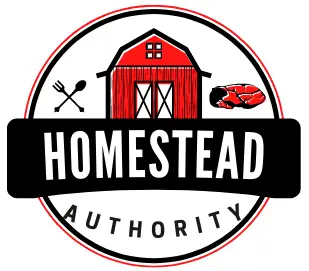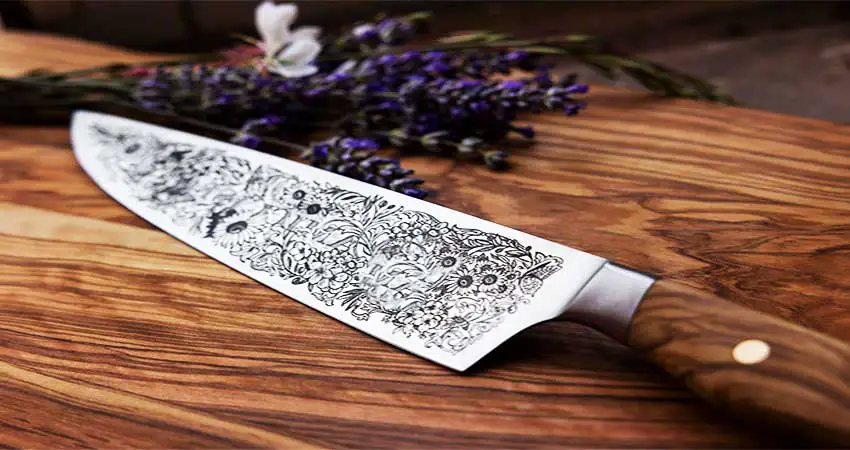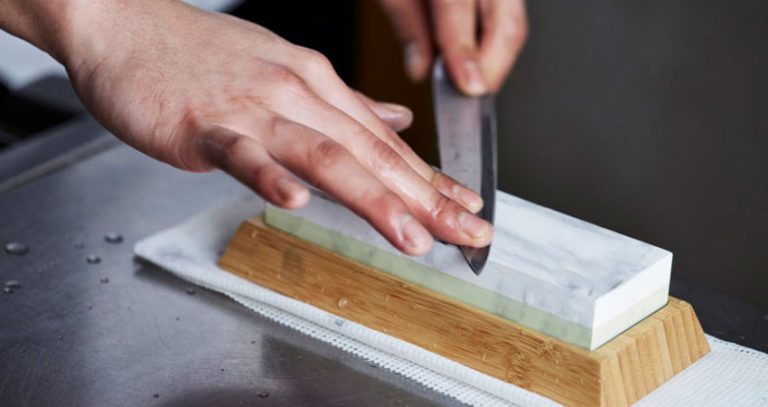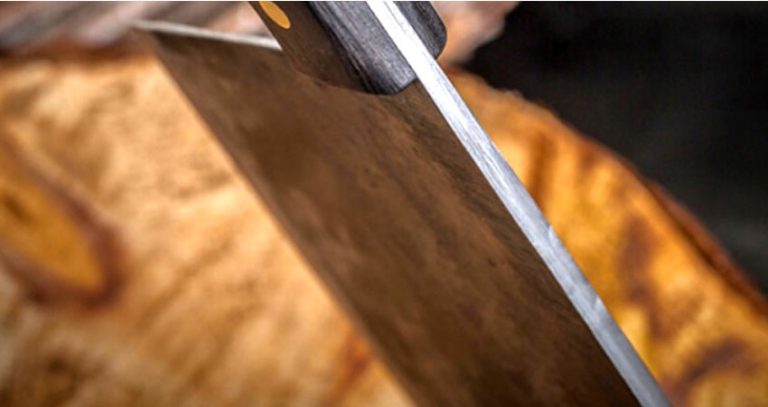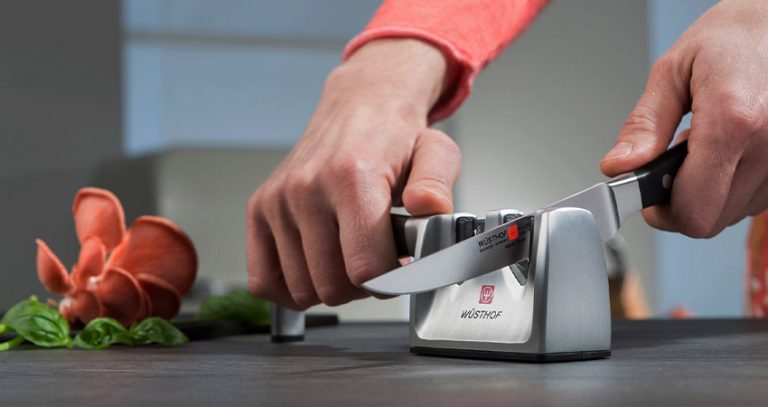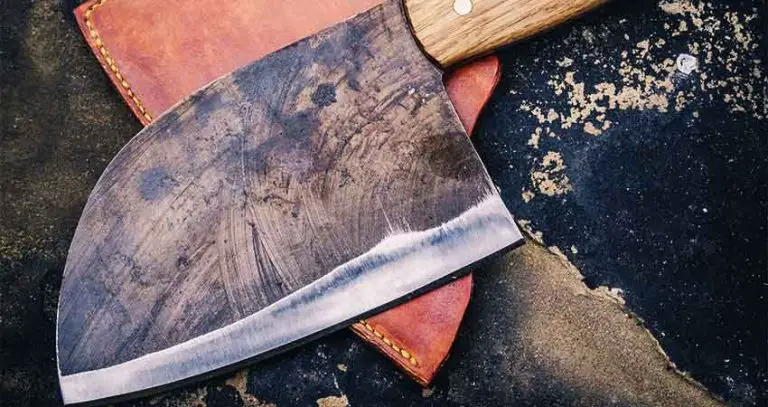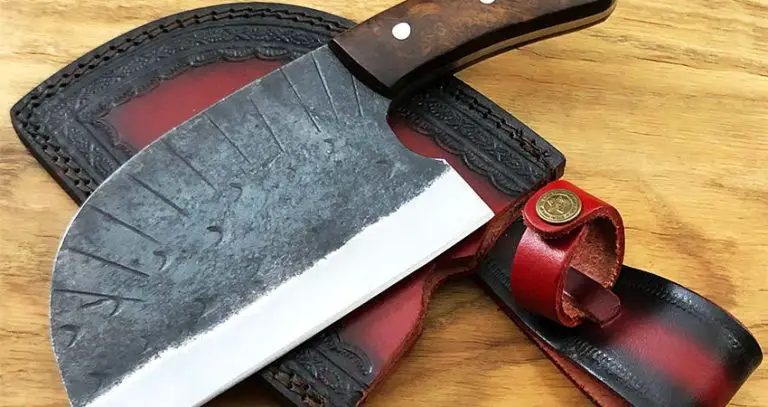How To Sharpen A Knife With Household Items?
Sometimes it happens that you grab your knife to do some cutting in the kitchen only to discover it’s too dull to cut anything.
In the worst-case scenario, you might not have a knife sharpener nearby to save your day.
And you don’t wanna use your dull knife because of the obvious reason that dull knives are not safe to work with. You see, a dull blade requires you to put more pressure to slice your ingredients.
This increased force can work against you by making the knife slip and causing an injury.
If you find yourself in this situation, you have nothing to worry about. You can use some household items to easily bring your knife sharpness backup.
You’ll be surprised that most of these items around your homework as good as the dedicated sharpening tools!
Household Items You Can Use To Sharpen A Knife
If you don’t have a whetstone or any dedicated knife sharpener within reach, you can rely on any of the following items around your home to bring your knife sharpness back up.
1. Use Another Knife
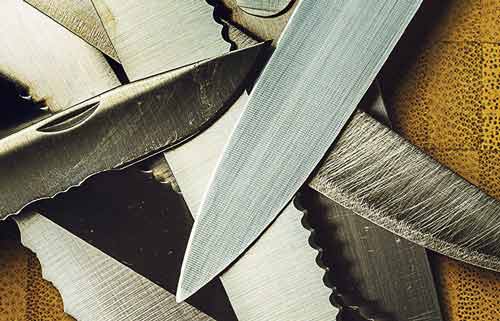
One of the items lying around the home that you can trust to sharpen your blunt knife is another knife! This method is quite effective and has been used to sharpen dull knives for ages.
But how do you go about it? Well, it’s pretty simple. You just grab the dull knife in your dominant hand and the other one with the other hand.
And for your own safety, your fingers should not be close to the blades.
Make sure the dull blade is at 20 degrees angle. Run this blade along the spine of the other knife at least 10 passes. If it’s still not sharp, you can make a few more passes.
2. Using Ceramic Plates Or Coffee Mugs

You can also use the bottom part of your ceramic plate or coffee mug to sharpen your knife. This is an easy-to-do method, and you don’t need any skills.
To sharpen your knife with your ceramic plate or coffee mug, first, you’ll need to turn it upside down.
Next, run the edge of the knife to be sharpened along the rough edge of the mug. For the best results, you must maintain a 20 degrees angle. This is as simple as ensuring the whole edge of the knife should touch the plate or mug rim.
Run the blade for at least 15 seconds for each side. However, the length you take to sharpen it will depend on how dull it is. The more it feels dull, the longer it takes to get sharp.
3. Using A Pair Of Scissors
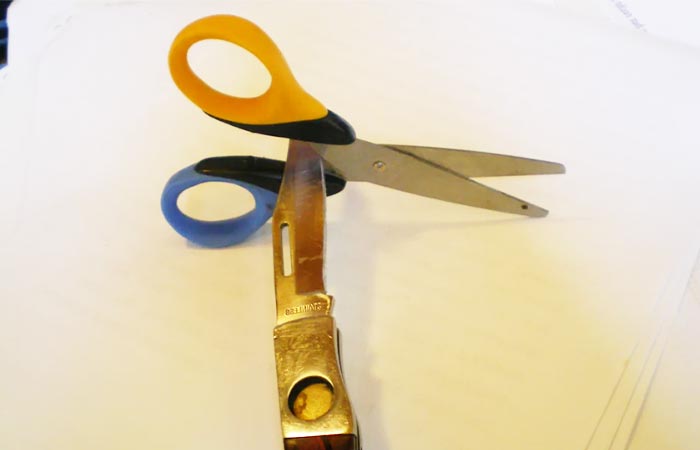
Do you have a pair of scissors at home? If the answer is yes, you will be surprised at how efficient they are at sharpening knives.
However, not just any pair of scissors will get the job done. You need scissors that have a narrowing metal at the back.
To use the scissors correctly, first, place your knife between the handles of the scissors. Make sure that the angle between the knife and the scissors is about 70 degrees.
While pressing the knife hard against the scissors, move it back and forth a couple of times.
4. Get A Broken Glass Jar Or Bottle
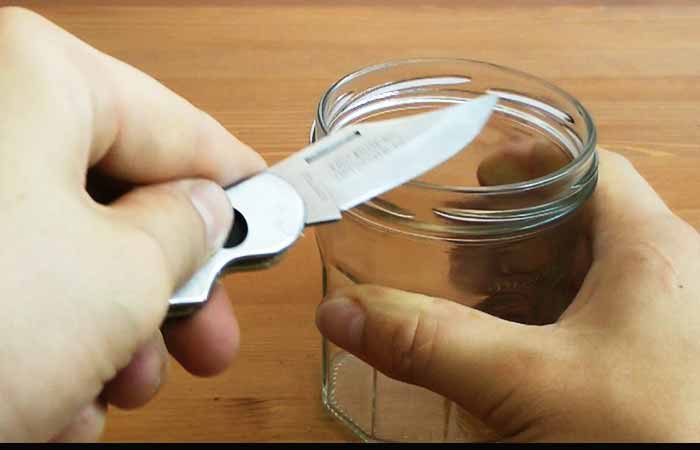
Ok, wait a minute. A broken glass jar or bottle? You probably are thinking that you shouldn’t keep off this because it’s dangerous, right?
Well, it may be, but there are more efficient and safer ways to cut glass bottles cleanly. This way, you don’t have to worry about small pieces of glass being scattered on the floor.
You need to get a glass cutter to help you cut your glass bottle for this method. Make sure the bottle is not polished.
After cutting the glass bottle, you should then take your knife and stroke it into the edge of the bottle while maintaining a 10 degrees angle.
Make sure you repeat the same process until both sides of your blade are equally sharp.
5. Using A Nail File
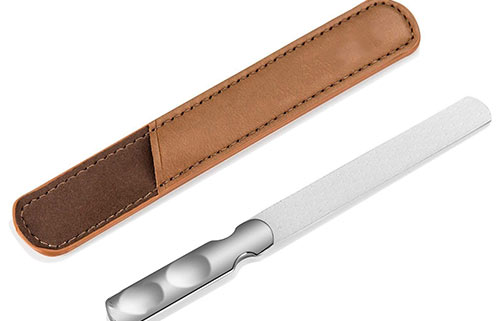
That’s right; you can actually use your nail file to sharpen your blunt knife. This is because nail clippers are typically made of steel.
But what makes this item excellent for sharpening knives is its coarseness which helps smoothen your nails.
If using a nail file to sharpen your dull blade, the nail clipper should be placed on a smooth surface.
When you get down to sharpening, simply insert your knife between the nail file and run it on the coarseness back and forth.
This coarseness will get your knife sharp with just a couple of passes!
6. Use A Leather Belt
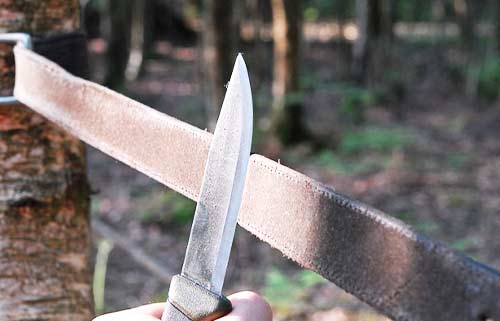
This is yet another great method for sharpening knives. However, it is best suited for knives that are not too dull but also not razor-sharp.
The leather belt helps restore a knife’s cutting ability by simply straightening its edge alignment. Also, it helps polish the knife’s blade, thereby giving it a smoother cutting surface.
When it comes to using a leather belt to sharpen your knife, you just need to run your knife across the belt.
TIP: To ensure the knife does not cut the belt, make sure you move its edge away from the belt during the sharpening.
7. Using A Sandpaper
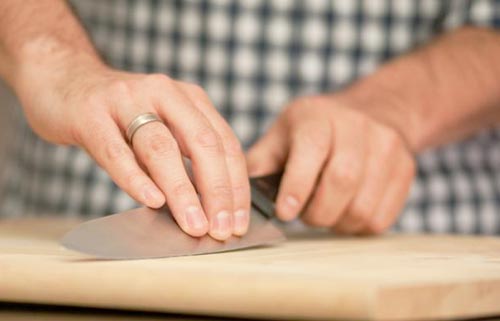
Sandpaper makes another common item around your home that you can use to sharpen your knife. This is because it is very coarse and has enough grit.
As you already know, sandpaper comes in different grits, so you should be careful which one you use on your knife. We suggest using the one with at least 300 grits if your blade is quite dull.
That said, you just can’t take your sandpaper and start rubbing it on your knife. Rather, you should put the sandpaper on a flat surface and tape it, so it stays in place.
Next, run the edge of your knife against the sandpaper at a 20-degree angle until it’s sharpened to your satisfaction.
Final Thoughts
The best way to sharpen your knife is using the right sharpening tools like a sharpening stone or whetstone.
However, you don’t have to put up with a dull knife just because you don’t have these sharpening tools.
You can use many everyday household items to effectively sharpen your knife, as we have just discussed in this post.
We now hope you’ve multiple alternatives to sharpen your knife effectively without relying on a dedicated knife sharpener.
Which of these household items would you like to try first?
